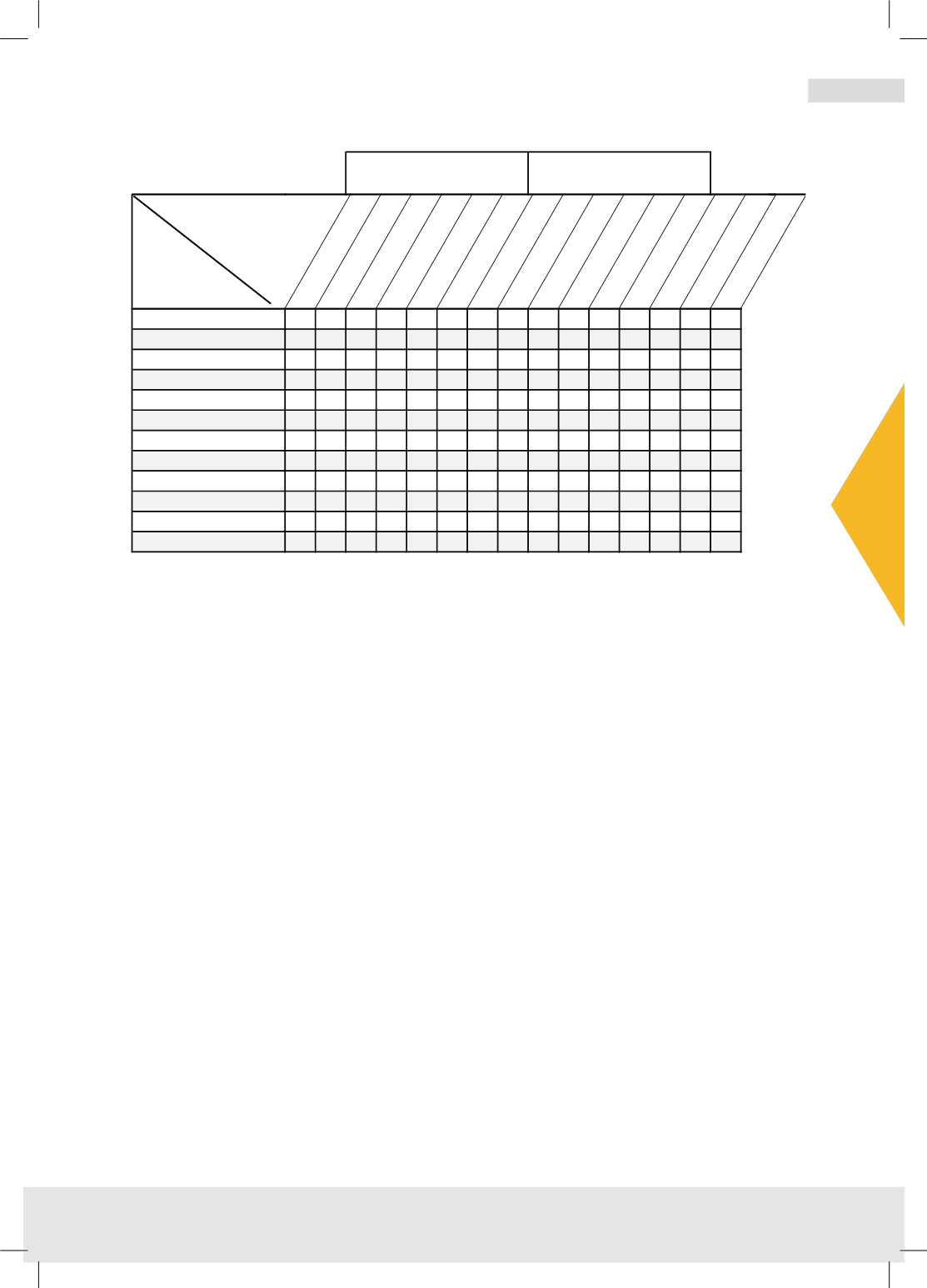

البحـث الثاني
169
2016
أوابك العلمية لعام
�
ص لبحوث العلمية الفائزة بجائزة
�
عدد خا
مجلة النفط والتعاون العربي
161
العدد
- 2017
أربعون
المجلد الثالث و ال
Re-refining of Used Lubricating Oil and its Economic and Environmental Implications
46
Table 3 Applied technologies and their corresponding unit operations
Source: Own elaboration
5.2
Classification by categories
Over the years, the re-refining processes have tended to converge towards three main
generic categories which can be described under three broad headings:
5.2.1. Hydroprocessing (vacuum distillation/hydrogenation) processes
Hydroprocessing processes involve a sequence of operations in the order. The
hydrotreating process accomplishes this by two main processes: 1) the removal of
contaminants and 2) the saturation of aromatics and other unsaturated compounds to
meet base oil specifications. In this category can be included such technologies as KTI,
CEP, Hylube, PROP.
5.2.2 Solvent extraction processes
In oil refining, solvent extraction is generally applied to vacuum distillates to improve
the properties of virgin base oils. The technology has now been successfully used in re-
refining. As was discussed earlier, the solvent extraction can be accomplished using
various solvents such as propane (IFP, Snamprogetti), N-Methyl-2-Pyrrolidone (Probex,
Vaxon)
Distillation/Hydrogenation
processes
Distillation/Solvent
extraction processes
Safety kleen
KTI
CEP/Mohawk
Hylube
Revivoil/Viscolube
PROP
Probex
MRD
IFP
Snamprogettti
Vaxon
Interline
ROSE/Kellog
STP
Meinken
Atmospheric distillation 1 1 2 2 1
1
1 1
3
2 1
Pretreatment
1 1
1
Demetallization
1
Separation
4
Solvent extraction
3
4 2,5
1 1
Solvent recovery
4
3
2
Acid and clay treatment
4
2
Vacuum distillation
2 3
2 2 2
2 4 1 4 2 3,5
Chemical treatment
2
4
Hydrogenation
3 3 4 3 3 3
3,5 6
3
Thin-film distillation 2
3
3
Fractionation
4 5 5
4
4
1.the number correponds to the order of the operation in relation to each technology.
i.e. 1 corressponds to the first operation, 2 to the second and so on.
Technology
Unit
operation
1
















